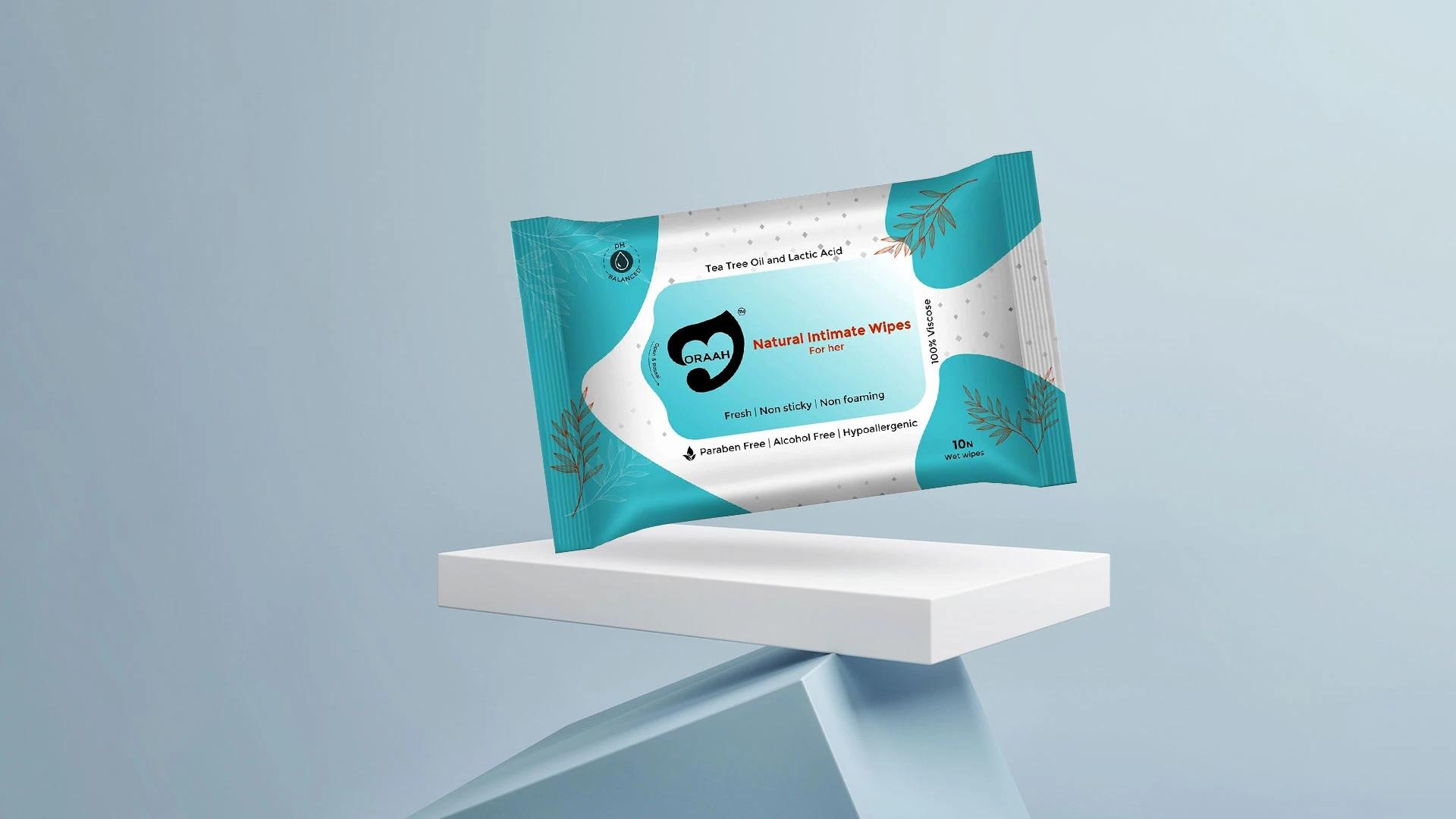Preventing contamination involves keeping your hands clean when handling wipes and avoiding touching the dispensing opening unnecessarily.
Alternatives to Traditional Wet Wipes
Whilst wet wipes are incredibly convenient, they're not your only option for keeping baby clean and comfortable. Some parents prefer alternatives for environmental reasons, skin sensitivities, or simply personal preference. Exploring these options might help you find what works best for your family.
Each alternative has its own benefits and considerations, so it's worth understanding what's available before making your choice.
Reusable Cloth Wipes
Eco-friendly alternative cloth wipes can be washed and reused multiple times, significantly reducing waste. They're often made from soft, natural materials like bamboo or organic cotton.
Washing and maintenance tips include using gentle, fragrance-free detergents and avoiding fabric softeners that might irritate baby skin. Air drying helps maintain softness.
DIY Natural Wipe Solutions
Homemade wipe recipes typically involve combining water with gentle ingredients like baby wash or coconut oil. You can control exactly what goes into the solution.
Pros and cons of DIY options—whilst you have complete control over ingredients, homemade solutions require more preparation time and may not have the same shelf life as commercial options.
Frequently Asked Questions
Are wet wipes safe for newborns?
Yes, but choose specially formulated gentle cleansing wipes or natural baby wipes designed for newborn skin. Water and cotton wool are often recommended for the first few weeks, with fragrance-free wipes being introduced gradually.
How many wet wipes should I use per diaper change?
This varies depending on the mess, but typically 2-4 wipes are sufficient for most diaper changes. Using too many can sometimes cause irritation from over-cleaning.
Can I flush wet wipes down the toilet?
No, even wipes labelled as "flushable" can cause plumbing problems and environmental issues. Always dispose of wet wipes in the bin, regardless of the packaging claims.
Are expensive wet wipes better than cheaper ones?
Not necessarily. Price doesn't always indicate quality. Focus on ingredients, certifications, and your baby's specific needs rather than cost alone. Some budget-friendly paraben-free wipes work just as well as pricier options.
How long do wet wipes last once opened?
Most wet wipes stay fresh for several months once opened, provided they're properly sealed. Check for any changes in smell, texture, or moisture level, and replace if they seem dried out or different.
Final Thoughts
Choosing the right wet wipes for your baby doesn't have to be overwhelming once you know what to look for. Focus on gentle, water-based formulas with minimal ingredients, especially if your little one has sensitive skin. Consider hypoallergenic and fragrance-free options as your safest starting point, and don't be afraid to try different types to find what works best for your family. Remember that the most important thing is your baby's comfort and skin health—everything else is just details. Whether you go for biodegradable options, natural baby wipes, or stick with tried-and-tested sensitive skin wipes, the right choice is the one that keeps your little one happy and comfortable.

 72 wipes
72 wipes 72 wipes
72 wipes 70 gm
70 gm 400 ml
400 ml